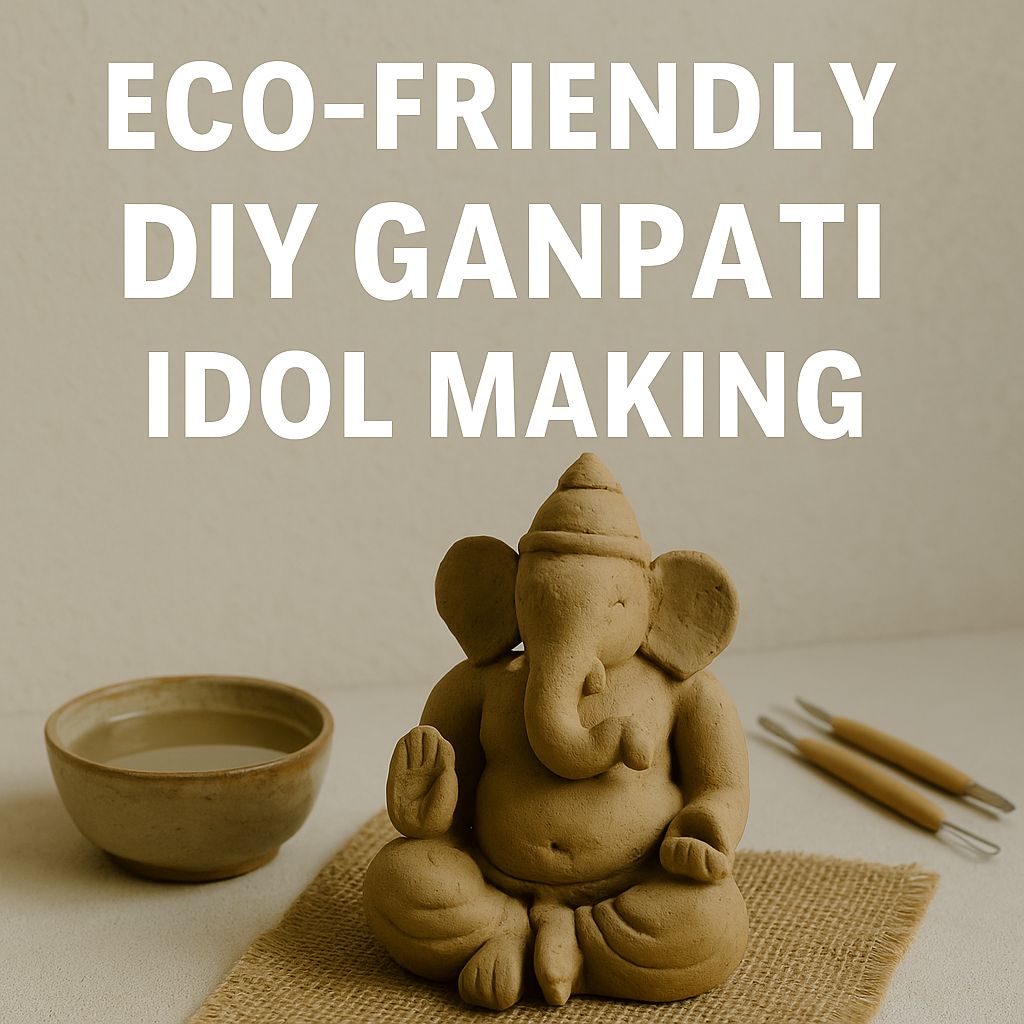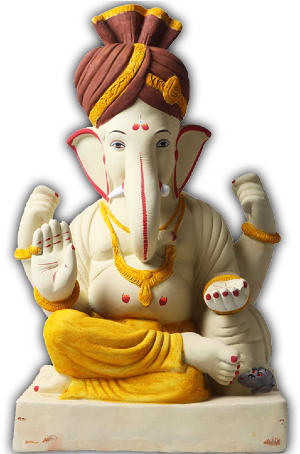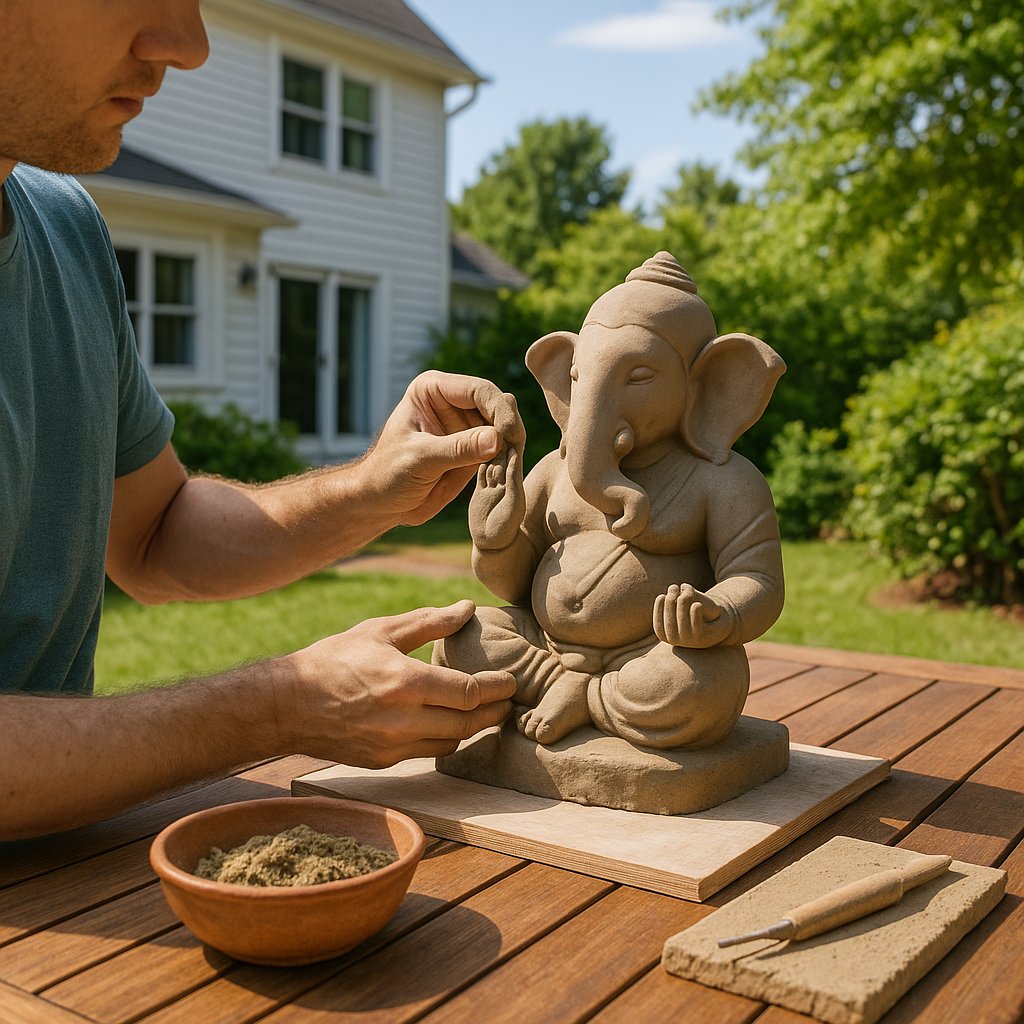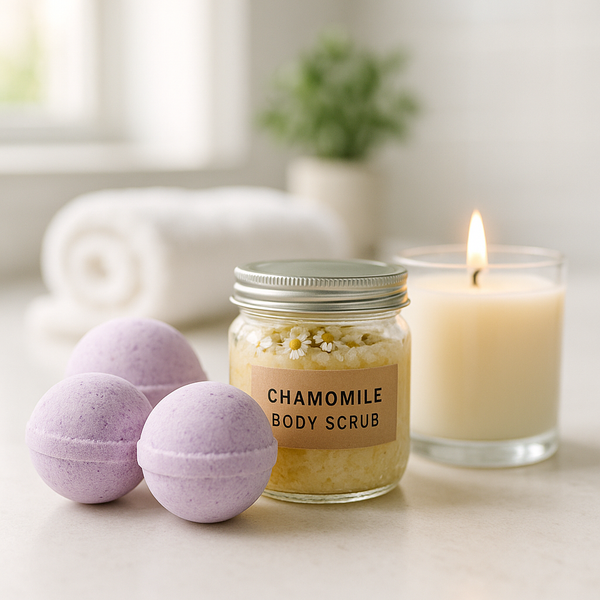Eco-Friendly DIY Ganpati Idol Making: A Creative, Sustainable Tradition
Celebrate Ganesh Chaturthi sustainably with an eco-friendly DIY Ganpati idol. Learn safe, natural materials and creative steps for a meaningful tradition.

Celebrate Ganesh Chaturthi the eco-friendly way with a handcrafted Ganpati idol made from natural shadu clay and plant-based colors. This guide walks you through softening and shaping the clay, building a stable base, forming the trunk and features, and finishing with safe, biodegradable pigments. You’ll learn drying best practices to prevent cracks, simple detailing techniques that look artisan—not mass-produced—and how to perform a home visarjan so the clay returns to your garden soil. Whether you’re teaching kids, hosting a family workshop, or crafting quietly on your own, you’ll create a beautiful, sustainable idol that honors tradition while protecting lakes and rivers.
How to Make Eco-Friendly Ganesh Murti at Home | Easy DIY Ganpati Idol with Kitchen Utensils (2025)
"Enjoy this curated video. All rights and credit go to the original YouTube creator."
There’s something magical about sitting down with a lump of clay in your hands. For centuries, families across India have shaped Ganpati idols as part of Ganesh Chaturthi celebrations. But in recent years, one question has grown louder: how do we celebrate without harming the environment?
Traditional Plaster of Paris (PoP) idols may look beautiful, but they leach chemicals into lakes and rivers after immersion. The eco-friendly alternative—crafting your own clay idol—isn’t just sustainable, it’s also deeply personal. You get to shape your devotion, creativity, and care for the planet all in one.

Why Eco-Friendly Ganpati Idols Matter
Think of Ganesh Chaturthi as a celebration of new beginnings. When the festival ends, the idol returns to the water, symbolizing renewal. Using biodegradable materials like natural clay ensures the return is pure and safe for our environment. No toxins, no lingering waste—just devotion dissolving back into nature.
Eco-friendly idol making also fosters:
- Sustainability: Clay and natural dyes break down harmlessly.
- Creativity: Every idol becomes a one-of-a-kind creation.
- Community Connection: Families and neighbors often gather for group workshops, strengthening bonds.
Materials You’ll Need
- Natural clay (shadu clay is ideal)
- A bowl of water
- Wooden sculpting tools or household substitutes (spoons, butter knives, toothpicks)
- A cloth for wiping hands
- Optional: natural pigments or eco-safe paints for decoration

Step 1: Preparing the Clay
Start with clay that’s soft but firm enough to hold shape. If it feels too dry, add a little water and knead it until smooth. Imagine working bread dough—elastic, pliable, and ready to mold.
Step 2: Shaping the Base
Form a sturdy base first. A wide circular disc or square slab about an inch thick will give your idol stability. Think of this as the foundation stone of your creation.
Step 3: Building the Idol
- Roll a ball for Ganpati’s belly and another smaller one for the head.
- Use your fingers to shape arms and legs, attaching them firmly with water as a “glue.”
- For the trunk, roll a cylinder and curve it slightly—leftward or rightward as per your preference.
- Smooth the joints carefully with a wet fingertip.
The beauty lies in imperfections. Don’t aim for mass-produced symmetry; embrace the handmade charm.
Step 4: Adding Details
Once the body is in place:
- Carve gentle eyes with a toothpick.
- Add small discs for ears and crown.
- Decorate the base with tiny motifs—flowers, leaves, or your family initials.
Step 5: Drying & Painting
Let the idol air-dry for at least 24 hours in a shaded, ventilated spot. Avoid direct sun—it may crack the clay.
When dry, paint with eco-safe colors made from turmeric (yellow), kumkum (red), indigo (blue), or store-bought natural dyes.
Step 6: Immersion Ritual (Visarjan)
During immersion, use a household bucket or tub instead of a public water body. Watch the clay slowly dissolve back into water, and then pour the mud around plants in your garden or nearby soil. This way, your devotion literally nurtures the earth.

Tips to Make It Special
- Host a family workshop night: Kids love sculpting, and it becomes a memory they’ll cherish.
- Add a personalized twist: Carve tiny symbols that represent your family values.
- Share your idol online: Inspire others by showing how beautiful sustainability can look.
Material Suggestion List
- Shadu (natural) clay — biodegradable and water-soluble; avoid PoP.
- Water bowl + spray bottle — keeps clay workable without over-wetting.
- Wooden sculpting tools (or household substitutes: spoon, butter knife, toothpicks) — for shaping and detailing.
- Sturdy base (thin wood board or terracotta tile) — prevents cracks and sagging.
- Natural pigments — turmeric (yellow), kumkum or red oxide (red), indigo (blue), henna (earthy brown).
- Plant-based binder (optional) — rice paste or diluted gum arabic to help pigments adhere.
- Soft natural-bristle brushes — for gentle color application.
- Jute/burlap mat — keeps the idol from sticking while working/drying.
- Coconut oil or ghee (tiny amount, optional) — subtle sheen on dried clay (skip if you prefer fully matte).
- Microfiber cloth & reusable rags — clean edges without leaving fibers.
- Home visarjan kit — bucket/tub for immersion + potting soil/compost to return clay to earth.
- Storage container — airtight box or bag to save leftover clay and reduce waste.
- Protective apron — keeps clothing clean during sculpting/painting.
Why this list? Each item is chosen to be easy to source, beginner-friendly, and low-impact on the environment. Start with the essentials (clay, tools, base, pigments) and add the optional pieces only if they’ll make your workflow smoother. The goal is a beautiful, meaningful idol with materials that honor both tradition and the planet.
Shop now and save big on your next DIY project.








